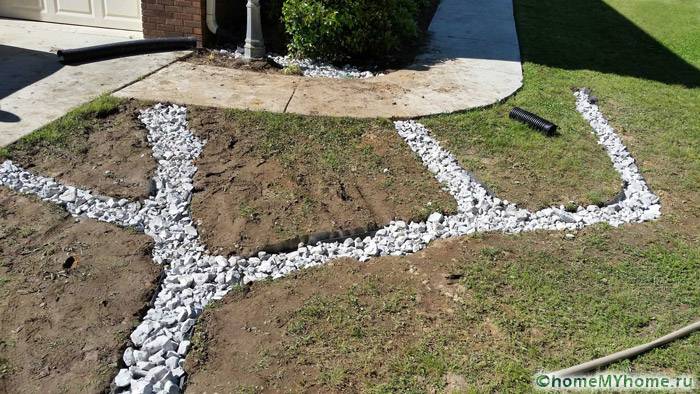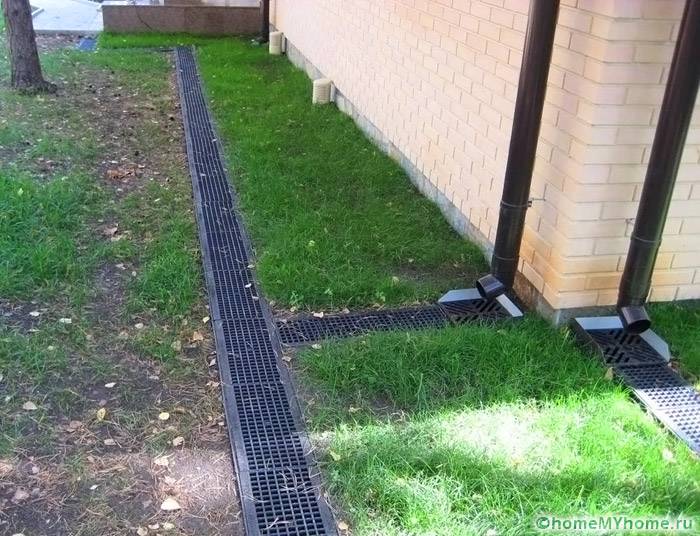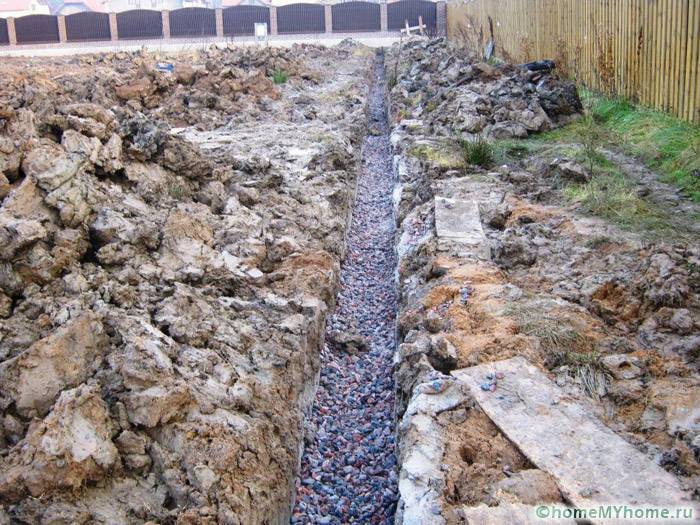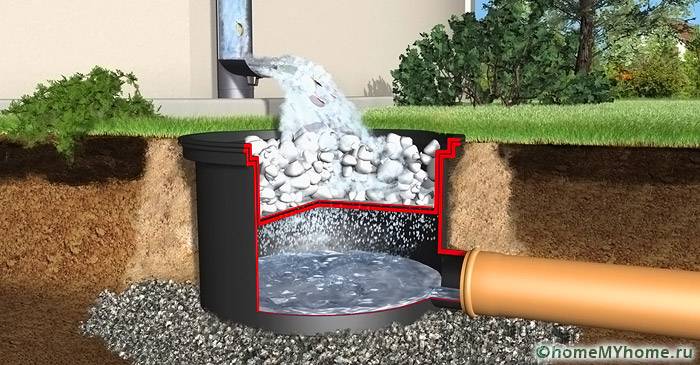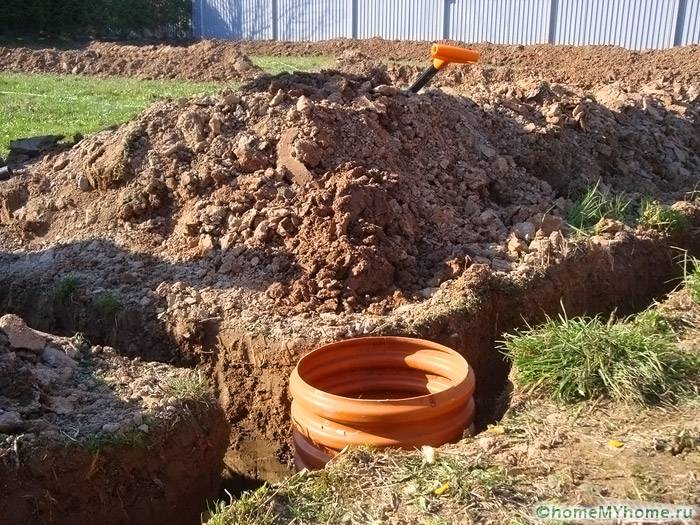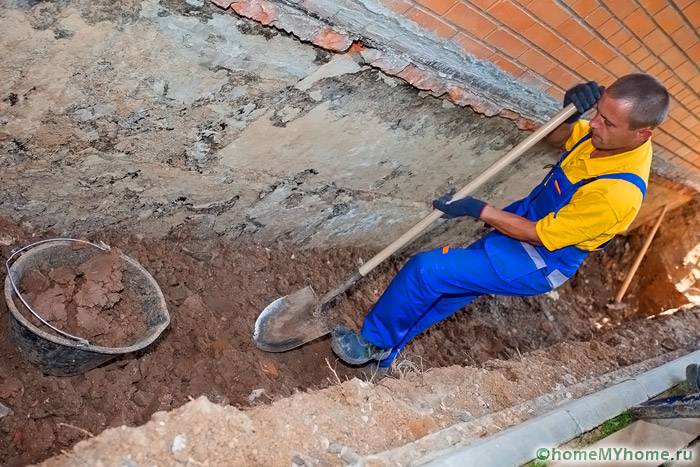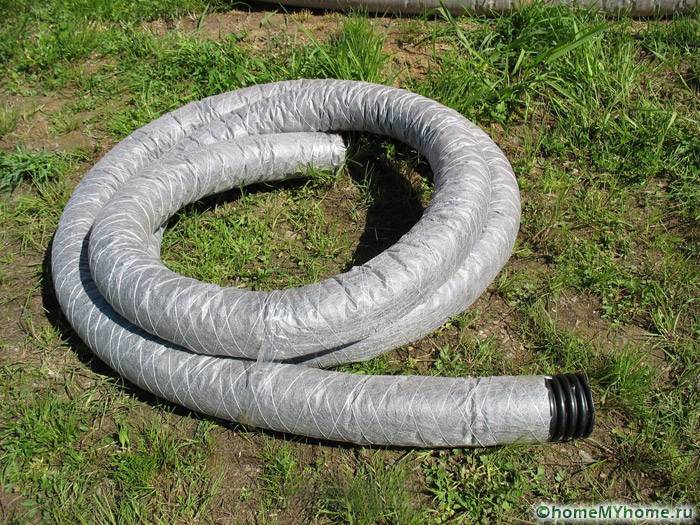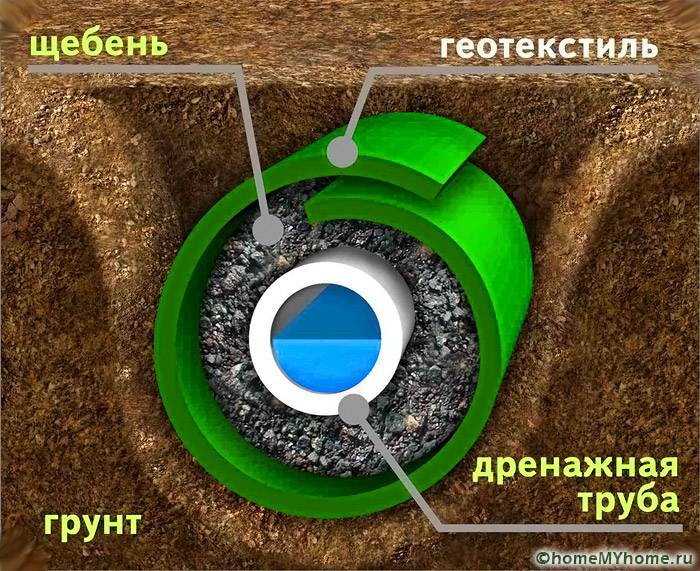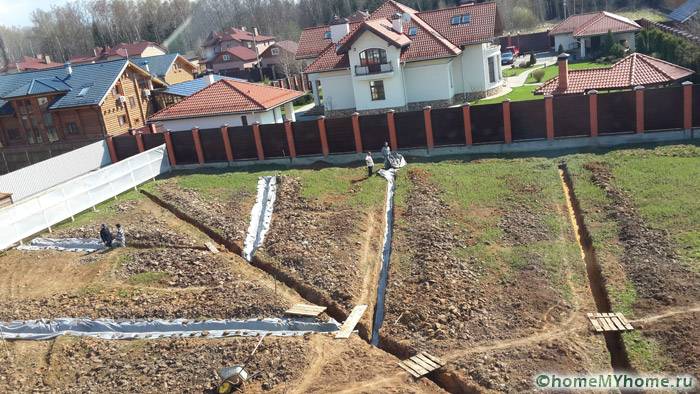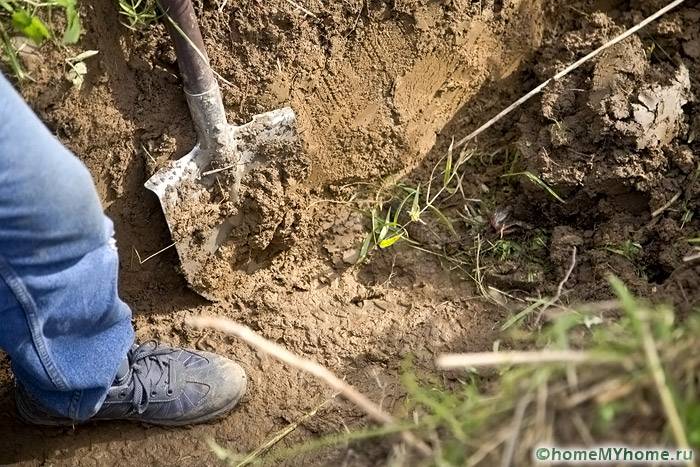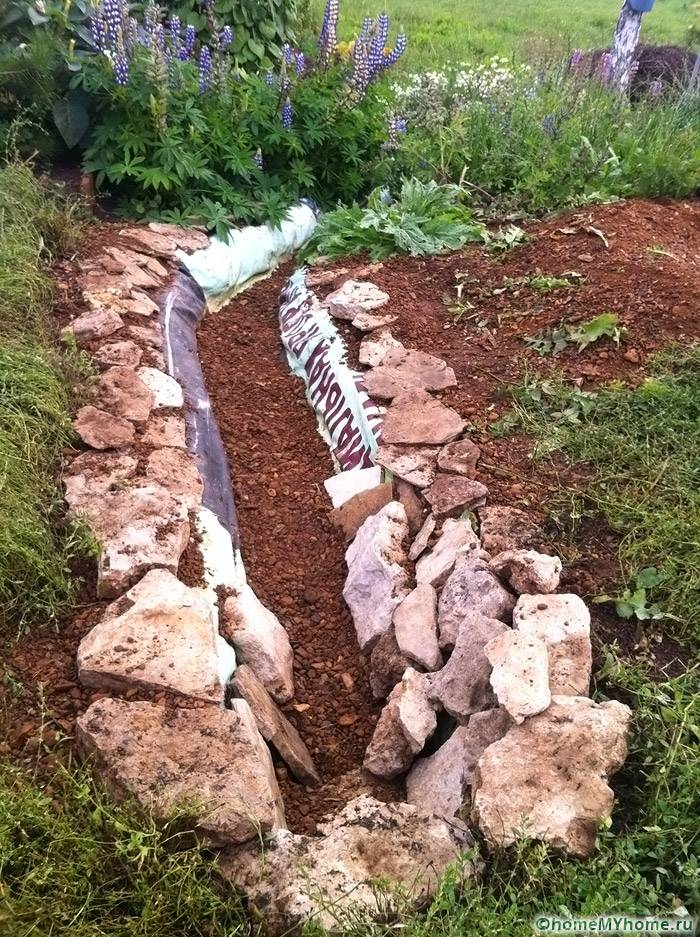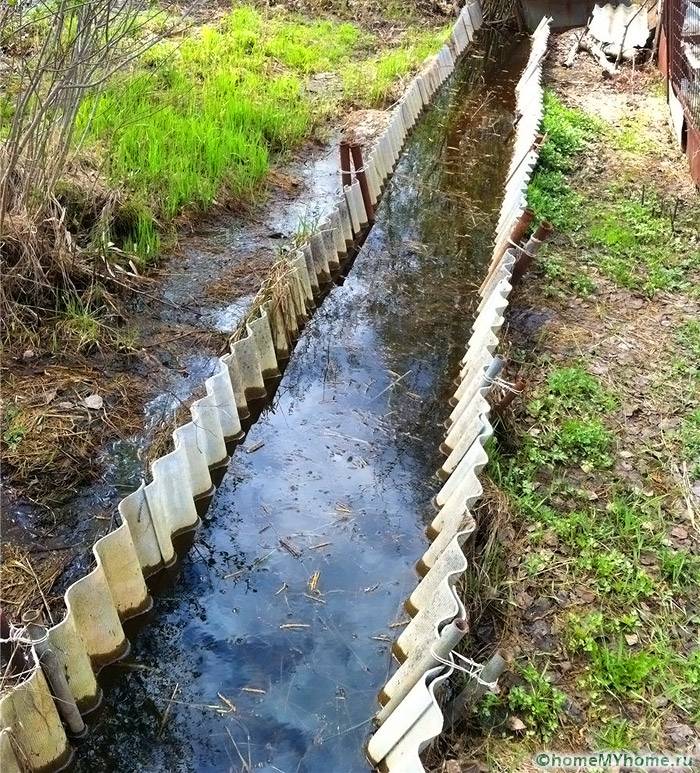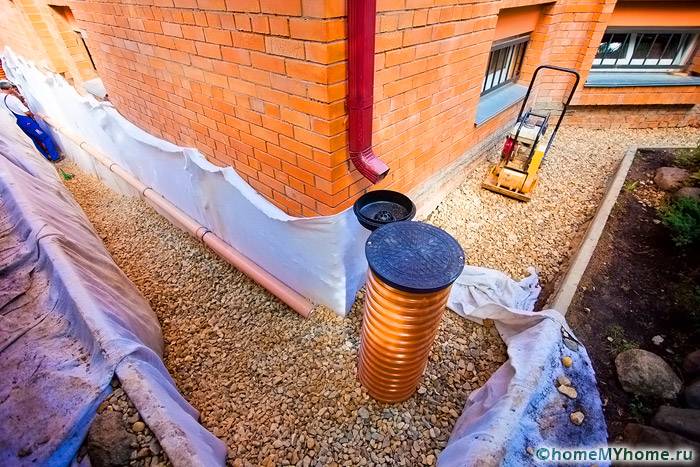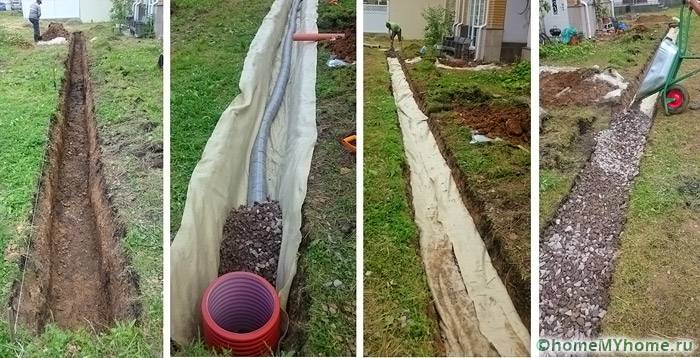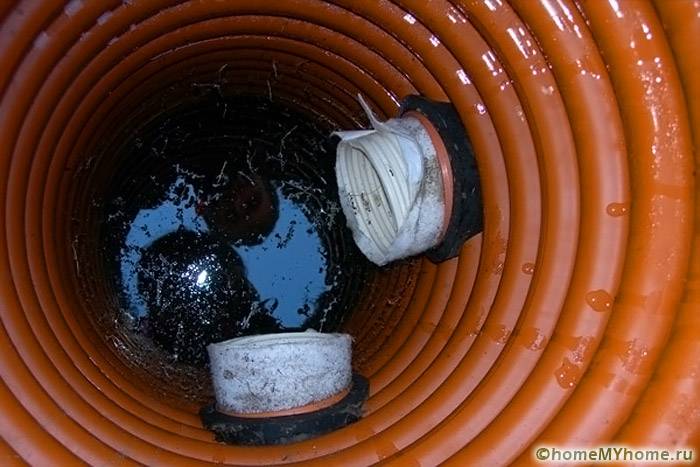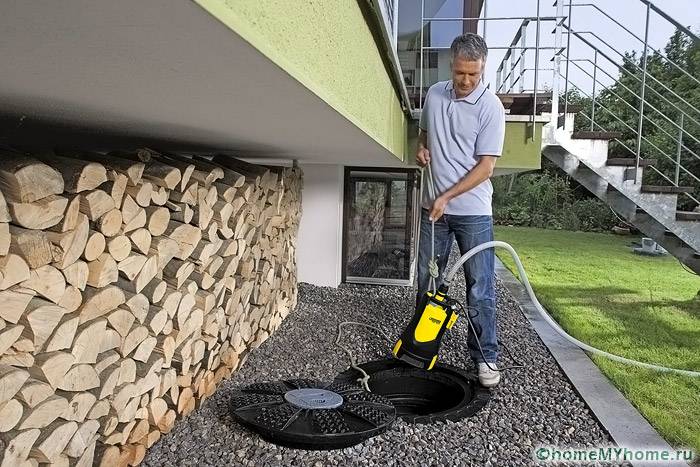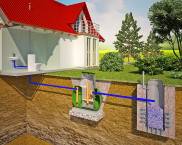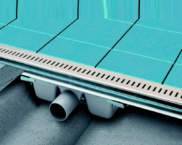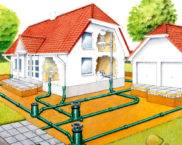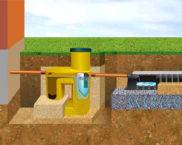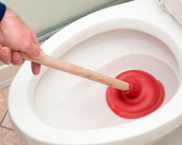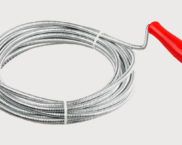Drainage at their summer cottage: the easiest way to remove excess moisture
Drainage at the summer cottage is considered a fairly important hydraulic operation. The easiest way to improve the water balance of the soil should be mandatory, because the moisture ratio in different periods of the year can change not only due to natural factors. Sometimes even a nearby construction site can upset the balance.
The content of the article
Open and closed ducts
Drainage of the soil can be carried out using open trenches or specialized pipes placed in the ground. The first of them are simple in the device, but do not look very aesthetically pleasing. In this regard, some developers create closed-type canals that do not violate the attractiveness of the landscape.
Surface lines
Although surface collection systems are relatively simple, they can effectively drain moisture away from the site in the form of precipitation. Through special trays and depressions, water is directed to a central gutter or drain well. Among the advantages are:
- high speed of construction;
- small costs;
- a sufficient level of efficiency;
- ease of cleaning.
Useful advice! If we are talking about how to make drainage on a site with your own hands without unnecessary financial investments, then first of all you should consider the option with a system of open channels.
Closed drainage systems
Deep line systems are ideal for both storm and groundwater drainage in close proximity. Most often they are arranged using polymer pipes that are immersed in the ground for a certain distance.
In practice, two types of drainage with closed channels are well applicable:
- point (water collection takes place in one place);
- linear (moisture collection is provided along the entire pipeline through special holes).
Note! Within the framework of one site, the presented views can be combined. For example, point collection can be used for the drainage system of a house, and linear collection for groundwater.
Drainage at their summer cottage: the easiest way to device for specific conditions
Before making a drainage system on the site, you must select its type, based on the operational features. It is worth considering the most optimal options for the device of water drainage systems, which are popular under certain conditions.
Example of drainage of a site with a high water table
With a close occurrence of groundwater, a deep system of a linear type may become the best option. It will drain moisture from the entire site into a cesspool, ravine or ditch below. It is proposed to use perforated plastic pipes in the geotextile filter as the main elements.
One of the simplest drainage methods in a summer cottage with groundwater located near the surface is reduced to the following scheme:
- A trench is pulled out to the distance of freezing of the soil. Its slope should be 2 cm per linear meter towards the collection point. For leveling, a layer of sand is poured.
- It spreads to the prepared bottom geotextile so that its edges overlap the pit walls by at least 1-2 m. A small layer of gravel is poured on top.
- Next, plastic pipes are laid, after which they are again covered with approximately the same layer of gravel. The ends of the geotextile fold up to form a protective barrier. The rest of the trench is covered with soil.
Note! Knowing how to properly drain around the site and on its territory with a close occurrence of groundwater, you can avoid serious problems associated with an excess of moisture.
Related article:
A septic tank for a summer residence with a high GWL. A separate material provides information on the device septic tanks with high ground water level, installation and operating rules.
Do-it-yourself open drainage device in an area with clay soil
For plots with clay soil, an open canal system is more suitable. With a closed piping system, water will not be able to seep through such soil and go to specialized sedimentation tanks or other suitable places.
In places of accumulation of water, ditches are dug with a depth of at least 50 cm. Their width should increase as they approach the place of reception. The widest is necessary to make a trench that collects water from the ditches adjacent to it. To facilitate drainage and to protect the edges from collapse, the sidewalls are cut at a 30 degree angle.
Since the open view of the trenches spoils the appearance of the site, it is necessary to decorate them. It not only improves the aesthetic properties, but also strengthens the lateral surfaces of open lines. In this regard, the operation of the system increases significantly.
Stones of different sizes can be used as material for decorating pits. The largest of them should fit on the bottom, and the medium and small ones - on top. If you have good financial capabilities, the surface can be covered with marble chips, which will give the branch lines a respectable look.
If money is tight, then ordinary brushwood can be a good option for registration. You need to find dry branches of any wood species that grow nearby. They should be tied in bundles and laid on special supports installed at the bottom of the ditch.
The thickness of the bundles of brushwood should be no more than 30 cm. It is better to place the branches so that the larger ones lie in the center, and the small ones - along the edges.
Related article:
Drainage system around the house. Drainage device, nuances of installation work and useful recommendations in a special publication of our online magazine.
Average prices for turnkey plot drainage
Many companies offer professional drainage services, but they are not so cheap. During the work, a double-walled pipe with a geotextile filter will be used.
| Depth in centimeters | Price in rubles per running meter |
|---|---|
| 100 | 2 500 |
| 150 | 3 200 |
| 200 | 4 200 |
| 250 | 6 900 |
Care rules
Drainage structures will function properly for many years if the basic rules are observed during operation:
- the top layer of the soil should remain loose throughout the entire time so that moisture is absorbed as best as possible, which means that the movement of heavy equipment directly over it should be excluded;
- collectors and wells must be regularly cleaned of contamination, otherwise the maintenance of the system may be difficult;
- once every 10-15 years, pipelines should be cleaned.
The choice of cleaning method largely depends on the location of the drains and their design features. Contamination from the elements on the surface can be removed manually without the need for professionals. If the components of the system are deepened into the ground, then the measures become more complicated. For work, a special installation with a cleaning roller may be required to remove deposits from the inner surfaces of the pipes.
Summarizing
Now it becomes clear what an important role drainage plays in the summer cottage. The easiest way is to install open drainage lines, but a more aesthetic option is a closed channel system created using specialized pipes.
Video: drainage work on the site



